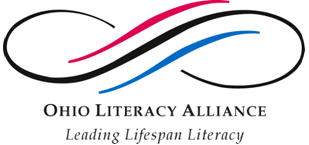
Keyword Instructional Models
- Instructional models
- Pedagogical models, particularly of interest for literacy leaders and therefore often cross-keyed with leadership
Agee, J. (2000). What is effective literature instruction? A study of experienced high school English teachers in differing grade- and ability- level classes. Journal of Literacy Research, 32, 303-348.
Ares, N. M., & Peercy, M. M. (2003). Construction literacy: How goals, activity systems, and text shape classroom practice. Journal of Literacy Research, 35, 633-662.
Bean, T. W., Valerio, P. C., & Senior, H. M. (1999). Intertextuality and the e-mail discussion of a multicultural novel in secondary American literature. In T. Shanahan & F. Rodriguez-Brown (Eds.), Forty-eighth yearbook of the National Reading Conference (pp. 376-386). Chicago: National Reading Conference.
Fairbanks, C. M., & Broughton, M. A. (2003). Literacy lessons: The convergence of expectations, practices, and classroom culture. Journal of Literacy Research, 34, 391-428.
Harmon, J.M., Keehn, S., & Kenney, M.S. (2004). Tutoring struggling readers: A program investigation. Reading Research and Instruction, 44, 46-74.
Hobbs, R. & Frost, R. (2003). Illuminating constructivism: Structure, discourse, and subjectivity in a middle school classroom. Reading Research Quarterly, 37, 278- 308.
Nation, K., & Snowling, M. (2004). Beyond phonological skills: Broader language skills contribute to the development of reading. Journal of Research in Reading, 27, 342-356.
Short, K. G. (1992). Researching intertextuality within collaborative classroom learning environments. Linguistics and Education, 4, 313-333.
Thomas, H. K. (1999). The social construction of literacy in a high school biology class. In T. Shanahan & F. Rodriguez-Brown (Eds.), Forty-eighth yearbook of the National Reading Conference Yearbook (pp. 317-328). Chicago: National Reading Conference.
| Back to Keywords | HOME |